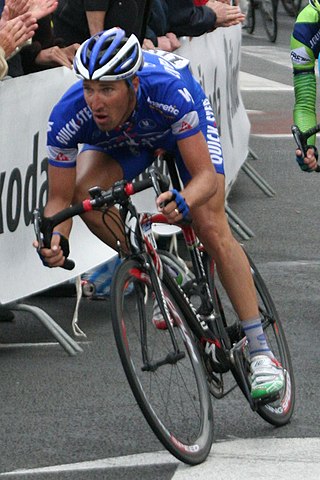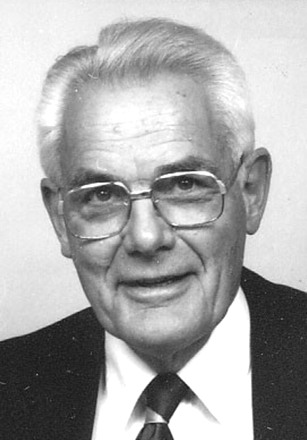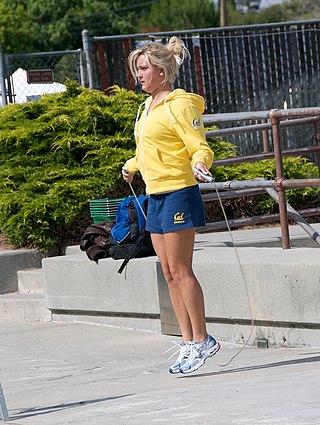
Angina, also known as angina pectoris, is chest pain or pressure, usually caused by insufficient blood flow to the heart muscle (myocardium). It is most commonly a symptom of coronary artery disease.

Heart rate is the frequency of the heartbeat measured by the number of contractions of the heart per minute. The heart rate varies according to the body's physical needs, including the need to absorb oxygen and excrete carbon dioxide. It is also modulated by numerous factors, including genetics, physical fitness, stress or psychological status, diet, drugs, hormonal status, environment, and disease/illness, as well as the interaction between these factors. It is usually equal or close to the pulse rate measured at any peripheral point.

A cardiac stress test is a cardiological examination that evaluates the cardiovascular system's response to external stress within a controlled clinical setting. This stress response can be induced through physical exercise or intravenous pharmacological stimulation of heart rate.
V̇O2 max (also maximal oxygen consumption, maximal oxygen uptake or maximal aerobic capacity) is the maximum rate of oxygen consumption attainable during physical exertion. The name is derived from three abbreviations: "V̇" for volume (the dot over the V indicates "per unit of time" in Newton's notation), "O2" for oxygen, and "max" for maximum and usually normalized per kilogram of body mass. A similar measure is V̇O2 peak (peak oxygen consumption), which is the measurable value from a session of physical exercise, be it incremental or otherwise. It could match or underestimate the actual V̇O2 max. Confusion between the values in older and popular fitness literature is common. The capacity of the lung to exchange oxygen and carbon dioxide is constrained by the rate of blood oxygen transport to active tissue.

Exercise intensity refers to how much energy is expended when exercising. Perceived intensity varies with each person. It has been found that intensity has an effect on what fuel the body uses and what kind of adaptations the body makes after exercise. Intensity is the amount of physical power that the body uses when performing an activity. For example, exercise intensity defines how hard the body has to work to walk a mile in 20 minutes.

High-intensity interval training (HIIT) is a training protocol alternating short periods of intense or explosive anaerobic exercise with brief recovery periods until the point of exhaustion. HIIT involves exercises performed in repeated quick bursts at maximum or near maximal effort with periods of rest or low activity between bouts. The very high level of intensity, the interval duration, and number of bouts distinguish it from aerobic (cardiovascular) activity, because the body significantly recruits anaerobic energy systems. The method thereby relies on "the anaerobic energy releasing system almost maximally".
The metabolic equivalent of task (MET) is the objective measure of the ratio of the rate at which a person expends energy, relative to the mass of that person, while performing some specific physical activity compared to a reference, currently set by convention at an absolute 3.5 mL of oxygen per kg per minute, which is the energy expended when sitting quietly by a reference individual, chosen to be roughly representative of the general population, and thereby suited to epidemiological surveys. A Compendium of Physical Activities is available online, which provides MET values for hundreds of activities.
Cardiorespiratory fitness (CRF) refers to the ability of the circulatory and respiratory systems to supply oxygen to skeletal muscles during sustained physical activity. Scientists and researchers use CRF to assess the functional capacity of the respiratory and cardiovascular systems. These functions include ventilation, perfusion, gas exchange, vasodilation, and delivery of oxygen to the body's tissues. As these body's functions are vital to an individual's health, CRF allows observers to quantify an individual's morbidity and mortality risk as a function of cardiorespiratory health.
Exercise-induced bronchoconstriction (EIB) occurs when the airways narrow as a result of exercise. This condition has been referred to as exercise-induced asthma (EIA); however, this term is no longer preferred. While exercise does not cause asthma, it is frequently an asthma trigger.
Interval training is a type of training exercise that involves a series of high-intensity workouts interspersed with rest or break periods. The high-intensity periods are typically at or close to anaerobic exercise, while the recovery periods involve activity of lower intensity. Varying the intensity of effort exercises the heart muscle, providing a cardiovascular workout, improving aerobic capacity and permitting the person to exercise for longer and/or at more intense levels.

Robert Arthur Bruce was an American cardiologist and a professor at the University of Washington. He was known as the "father of exercise cardiology" for his research and development of the Bruce Protocol.
Continuous Training is a form of exercise that is performed at a continuous intensity throughout and doesn't involve any rest periods. Continuous training typically involves aerobic activities such as running, cycling, swimming, and rowing. Continuous training can be performed at low, moderate, or high exercise intensities, and is often contrasted with interval training, often called high-intensity interval training. Some training regimens, such as Fartlek, combine both continuous and interval approaches.

In transfusion medicine, transfusion-associated circulatory overload is a transfusion reaction resulting in signs or symptoms of excess fluid in the circulatory system (hypervolemia) within 12 hours after transfusion. The symptoms of TACO can include shortness of breath (dyspnea), low blood oxygen levels (hypoxemia), leg swelling, high blood pressure (hypertension), and a high heart rate (tachycardia).
vV̇O2max (velocity at maximal oxygen uptake), also known as maximal aerobic speed (MAS), is an intense running or swimming pace. This is the minimum speed for which the organism's maximal oxygen uptake (VO2 max) is reached, after a few minutes of constantly maintaining this exercise intensity. At higher paces, any additional increase in power is provided by anaerobic processes. In an incremental exercise test, it is the first speed at which any increase in exercise intensity fails to elicit an increase in oxygen consumption.

Metabolic myopathies are myopathies that result from defects in biochemical metabolism that primarily affect muscle. They are generally genetic defects that interfere with the ability to create energy, causing a low ATP reservoir within the muscle cell.
Pulmonary rehabilitation, also known as respiratory rehabilitation, is an important part of the management and health maintenance of people with chronic respiratory disease who remain symptomatic or continue to have decreased function despite standard medical treatment. It is a broad therapeutic concept. It is defined by the American Thoracic Society and the European Respiratory Society as an evidence-based, multidisciplinary, and comprehensive intervention for patients with chronic respiratory diseases who are symptomatic and often have decreased daily life activities. In general, pulmonary rehabilitation refers to a series of services that are administered to patients of respiratory disease and their families, typically to attempt to improve the quality of life for the patient. Pulmonary rehabilitation may be carried out in a variety of settings, depending on the patient's needs, and may or may not include pharmacologic intervention.

Cardiovascular fitness is a component of physical fitness, which refers to a person's ability to deliver oxygen to the working muscles, including the heart. Cardiovascular fitness is improved by sustained physical activity (see also Endurance Training) and is affected by many physiological parameters, including cardiac output (determined by heart rate multiplied by stroke volume), vascular patency, and maximal oxygen consumption (i.e. VO2 max).
In kinesiology, the ventilatory threshold (VT1) refers to the point during exercise at which the volume of air breathed out (expiratory ventilation) starts to increase at an exponentially greater rate than VO2 (breath-by-breath volume of oxygen (O2)). VT1 is thought to reflect a person's anaerobic threshold — the point at which the oxygen supplied to the muscles no longer meets its oxygen requirements at a given work rate — and therefore lactate threshold — the point at which lactate begins to accumulate in the blood, because with ongoing dependence on anaerobic glycolysis, increasing amounts of CO2 need to be exhaled to accommodate its production during the conversion of lactic acid to lactate.
The physiology of marathons is typically associated with high demands on a marathon runner's cardiovascular system and their locomotor system. The marathon was conceived centuries ago and as of recent has been gaining popularity among many populations around the world. The 42.195 km distance is a physical challenge that entails distinct features of an individual's energy metabolism. Marathon runners finish at different times because of individual physiological characteristics.
Duke Treadmill Score is one of the tools for predicting the risk of ischemia or infarction in the heart muscle. The calculation is done based on the information obtained from an exercise test by this formula:









